40 understanding nutrition facts on food labels
Food labels 101: Understanding the nutrition facts panel The guideline is that five percent or less is low in a nutrient and 20 percent or more is high. For example, if a nutrition facts panel says that the %DV for calcium is 20 percent and iron is four percent, then you know that the food item is high in calcium but low in iron. Note: There is no %DV for sugars, trans fat and protein. Understanding Food Nutrition Labels | Sanford Fit Understanding Food Nutrition Labels. Nutrition labels can be difficult to understand, but learning how to read them can take that confusion away. ... Serving sizes are found at the top of the label and are measured amounts used to identify the calories and nutrients that are in a food. Examples of a serving size can be 1 slice of bread, a 6 ...
Understanding Food Nutrition Labels | American Heart Association Learn what to look for on the label. 1 - Start with the serving information at the top. This will tell you the size of a single serving and the total number of servings per container (package). 2 - Next, check total calories per serving and container.

Understanding nutrition facts on food labels
Reading and understanding the Nutrition Facts Label for health The Nutrition Facts Label is making changes that will be required by all manufacturers by Jan. 1, 2020; however, the majority of labels already adhere to these changes. Nutrition Facts Labels include nutrients we should limit such as fat, saturated fat, trans fats, cholesterol, sodium and added sugar. They also list nutrients important to ... › food › new-nutrition-facts-labelHow to Understand and Use the Nutrition Facts Label | FDA Feb 25, 2022 · Overview. The information in the main or top section (see #1-4) of the sample nutrition label (below) can vary with each food and beverage product; it contains product-specific information ... Understanding Ingredients on Food Labels - Professional Heart Daily ... The American Heart Association recommends no more than 1,500 milligrams of sodium a day, but the average American consumes twice that much. Perhaps trickiest of all is trans fats. You won't find these listed as trans fats at all, but rather ingredients that contain trans fats: mainly partially hydrogenated oil and hydrogenated oil.
Understanding nutrition facts on food labels. Use the Nutrition Facts Label - National Institutes of Health When using the Nutrition Facts label as a guide, try these tips: Keep these low: saturated fats, trans fats, cholesterol, and sodium. Get enough of these: potassium, fiber, vitamins A and C, calcium, and iron. Use the Percent Daily Value (% DV) column when possible; 5% DV or less is low, 20% DV or more is high. Visit the Smart Food Shopping ... Understanding the New Nutrition Facts Label | University of Utah Health ... Labels will still list "total fat," "saturated fat" and "trans fat" amounts. Aim to avoid trans fats and consume less saturated fat than unsaturated fats. Added Sugars, Formerly Total Sugars was the only labeling of sugar required. The new label will require manufacturers to include how much added sugar is in a food. Food Labeling 101: Understanding the Nutrition Facts Label The ingredient list is the last section of the Nutrition Facts label, but certainly not least, as some may say it's the most important. Here you'll find a list of the ingredients in the product.... Understanding Food Nutrition Labels | Go Red for Women 5 - Understand % Daily Value. The % Daily Value (DV) tells you the percentage of each nutrient in a single serving, in terms of the daily recommended amount. If you want to consume less of a nutrient (such as saturated fat or sodium), choose foods with a lower % DV (5 percent or less). If you want to consume more of a nutrient (such as fiber ...
dtc.ucsf.edu › learning-to-read-labelsLearning To Read Labels :: Diabetes Education Online When you read food labels, the grams of sugar are already included in the total carbohydrate amount, so you do not need to count this sugar amount separately. The grams of sugar listed include both natural sugars, from fruit or milk, and added sugars. On a nutrition food label, the total carbohydrate includes the sugar. Some Nutrition Facts ... Understanding Food Nutrition Labels - American Heart Association Learn what to look for on the label. 1 - Start with the serving information at the top. This will tell you the size of a single serving and the total number of servings per container (package). 2 - Next, check total calories per serving and container. How To Read Food and Beverage Labels - National Institute on Aging The U.S. Food and Drug Administration (FDA) requires a Nutrition Facts label on most packaged foods and beverages. At the top of the Nutrition Facts label, you will find the total number of servings in the container and the food or beverage's serving size. › managing › eat-wellFood Labels | CDC - Centers for Disease Control and Prevention If you eat the whole thing, you are eating 8 times the amount of calories, carbs, fat, etc., shown on the label. Total Carbohydrate shows you types of carbs in the food, including sugar and fiber. Choose foods with more fiber, vitamins, and minerals. Choose foods with lower calories, saturated fat, sodium, and added sugars. Avoid trans fat.
US Consumers' Understanding of Nutrition Labels in 2013: The Importance ... We examined critical aspects of nutrition label understanding: whether people could calculate the total number of calories in an entire container of ice cream, the number of servings of ice cream equal to 60 g of carbohydrates, the effect that foregoing a serving of ice cream would have on saturated fat intake, and the percentage daily value of ... Understanding the Nutrition Facts Label - FamilyEducation Understanding the Nutrition Facts Label. Most packaged foods have a Nutrition Facts label. For a healthier you, use this tool to make smart food choices quickly and easily. Try these tips: Keep these low: saturated fats, transfats, cholesterol, and sodium. Get enough of these: potassium, fiber, vitamins A and C, calcium, and iron. Understanding Food Labels - Nutrition: Science and Everyday Application ... The FDA uses the following definitions for interpreting the %DV on food labels:4, 5%DV or less means the food is low in a nutrient. 10% to 19%DV means the food is a "good source" of a nutrient. 20%DV or greater means the food is high in a nutrient. › food › nutrition-education-resourcesThe New Nutrition Facts Label | FDA - U.S. Food and Drug ... The U.S. Food and Drug Administration (FDA) has updated the Nutrition Facts label on packaged foods and drinks. FDA is requiring changes to the Nutrition Facts label based on updated scientific...
Nutrition Facts and Food Labels - Academy of Nutrition and Dietetics While food choices are important, there's increasing evidence that many of us are drinking our way to weight problems, too. Understanding Egg Labels Today, you can choose between brown and white, free-range and cage-free, organic and non-organic eggs.
› food › nutritionThe Basics of the Nutrition Facts Label The Nutrition Facts applies to the serving size, so if the serving size is one cup and you eat two cups, you are getting twice the calories, fat and other nutrients than what is listed on the label. Step 2: Compare the Total Calories to Your Individual Needs,
› en › healthy-livingUnderstanding Ingredients on Food Labels | American Heart ... Understanding Ingredients on Food Labels. Food labels are an important source of information about calories and the nutritional value of the foods you eat, a crucial tool in building a heart-healthy diet. The Nutrition Facts information is always displayed in the same orderly fashion and helps you understand how much of certain nutrients that ...
Learn How the Nutrition Facts Label Can Help You Improve Your Health Nutrients Required on Label, Vitamin D and potassium values are required. Calcium and iron will continue to be required. Vitamins A and C will no longer be required but can be included on a voluntary basis. Slight Decrease in Sodium Allowance, The daily limit for sodium decreased slightly from 2,400 mg per day to 2,300 mg per day.
Understanding Nutrition Facts on Food Labels - WebMD The label tells you it has no fiber or any of the key nutrients: vitamins A or C, iron and calcium. You'll notice different units of measurement on food labels. Many of the nutrients are measured...
Understanding Ingredients on Food Labels - Professional Heart Daily ... The American Heart Association recommends no more than 1,500 milligrams of sodium a day, but the average American consumes twice that much. Perhaps trickiest of all is trans fats. You won't find these listed as trans fats at all, but rather ingredients that contain trans fats: mainly partially hydrogenated oil and hydrogenated oil.
› food › new-nutrition-facts-labelHow to Understand and Use the Nutrition Facts Label | FDA Feb 25, 2022 · Overview. The information in the main or top section (see #1-4) of the sample nutrition label (below) can vary with each food and beverage product; it contains product-specific information ...
Reading and understanding the Nutrition Facts Label for health The Nutrition Facts Label is making changes that will be required by all manufacturers by Jan. 1, 2020; however, the majority of labels already adhere to these changes. Nutrition Facts Labels include nutrients we should limit such as fat, saturated fat, trans fats, cholesterol, sodium and added sugar. They also list nutrients important to ...
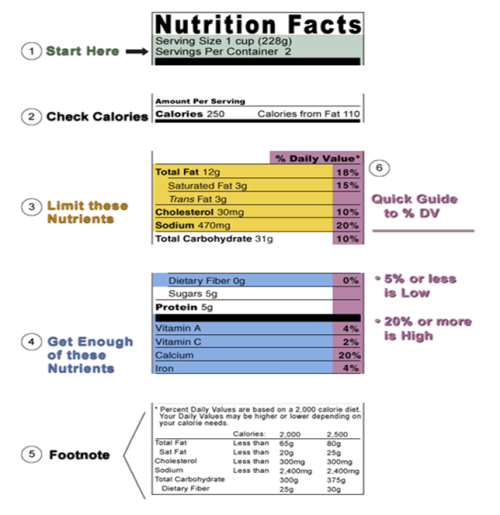
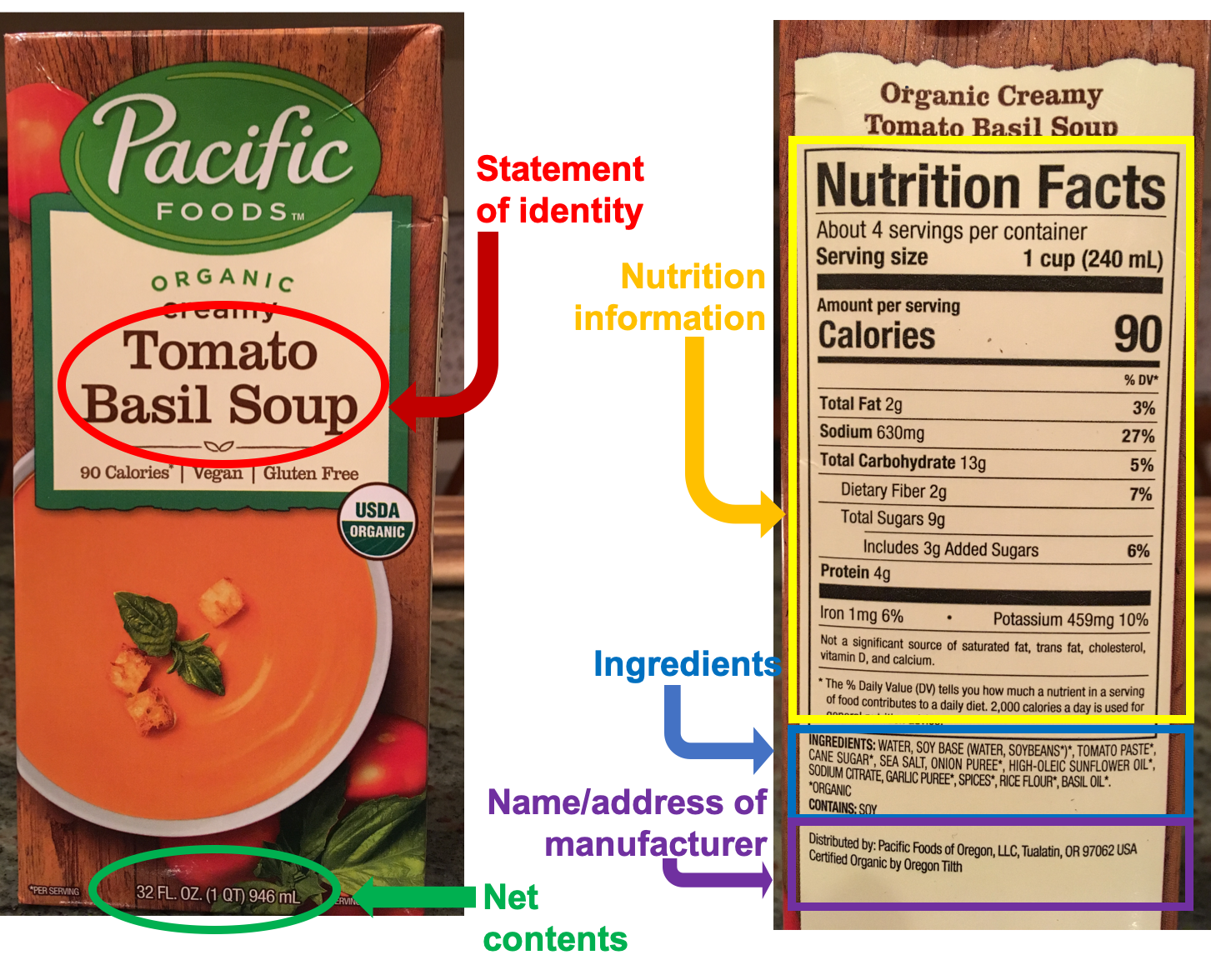


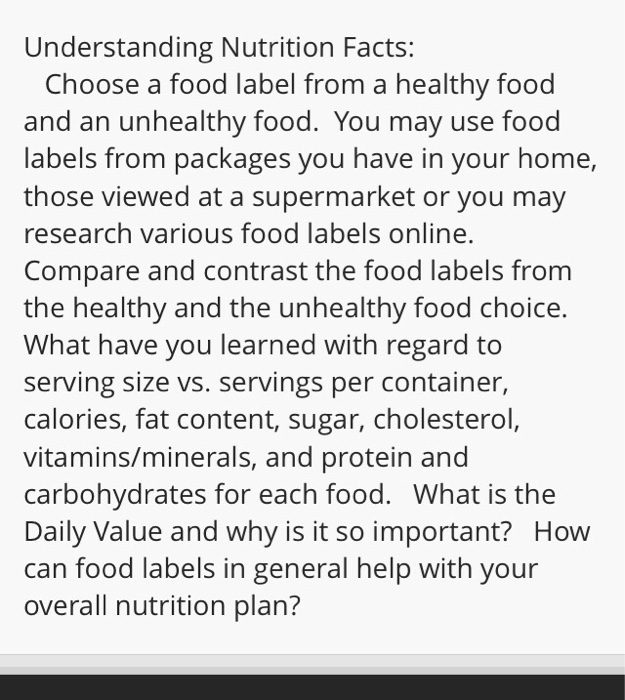



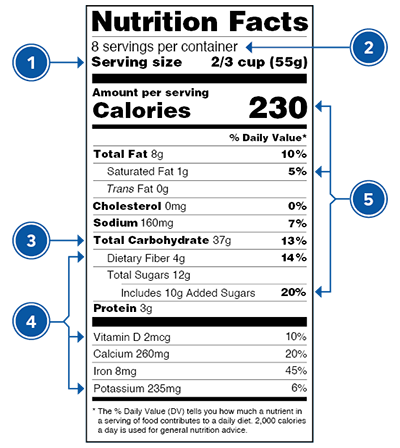


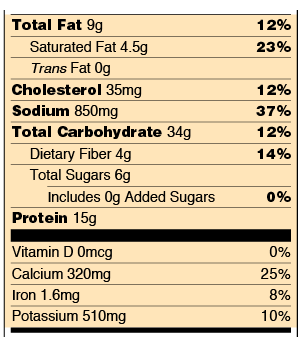
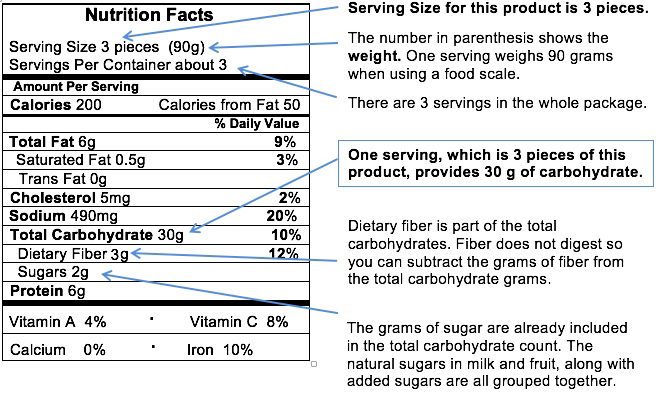


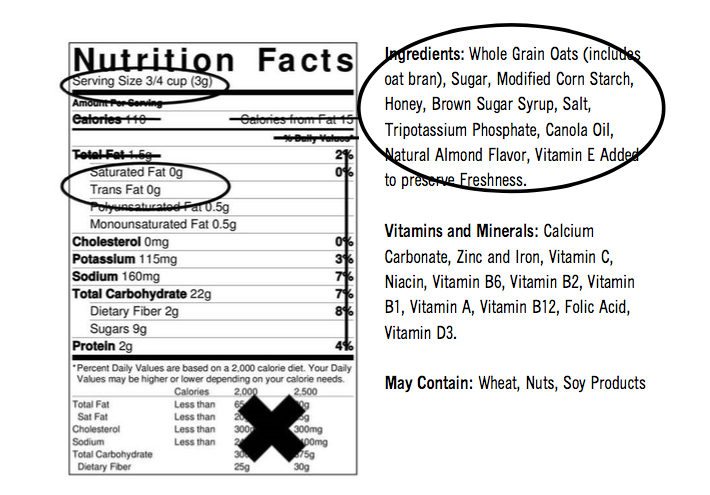
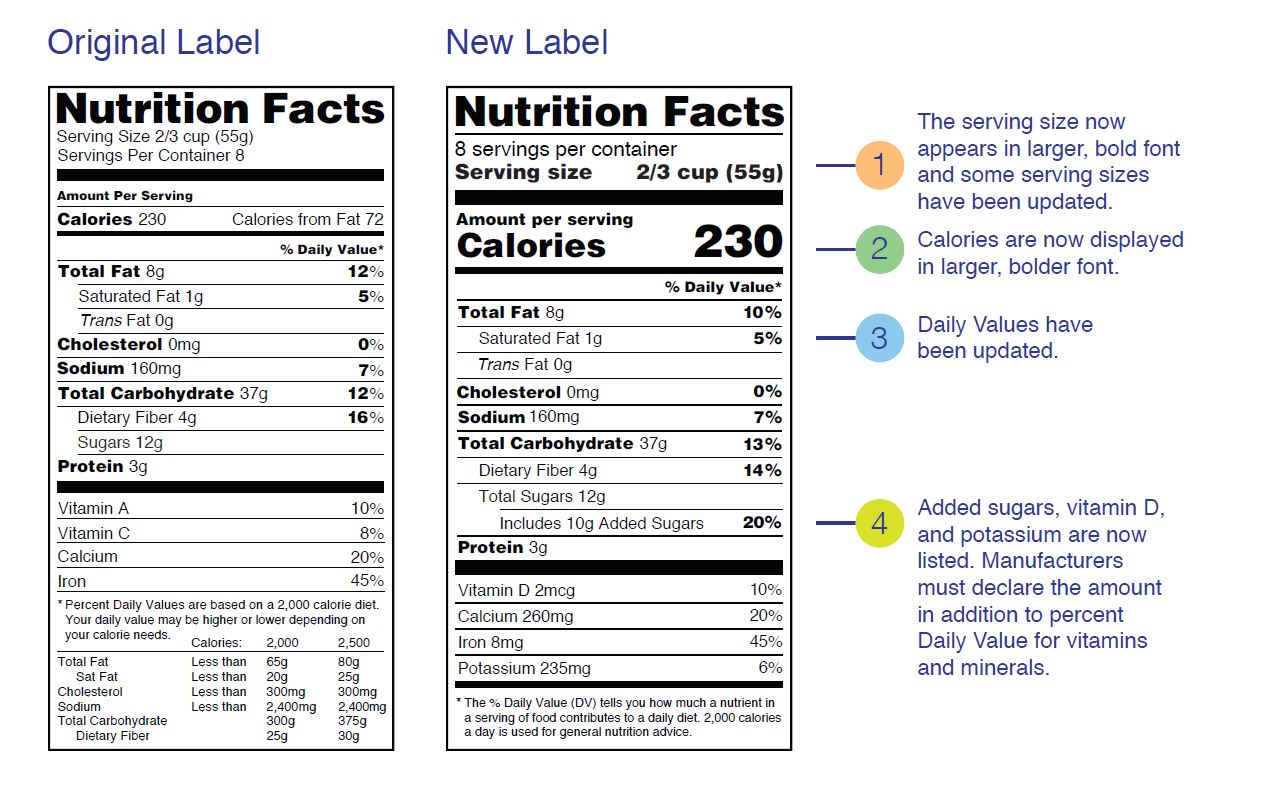






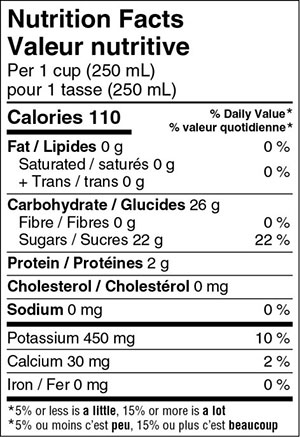

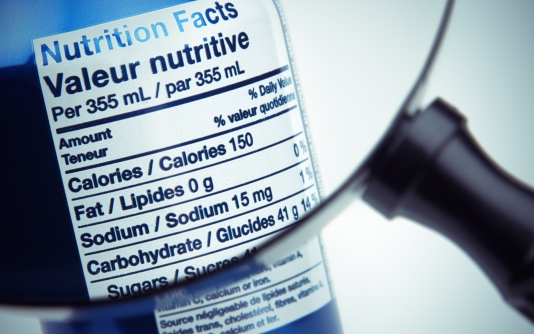
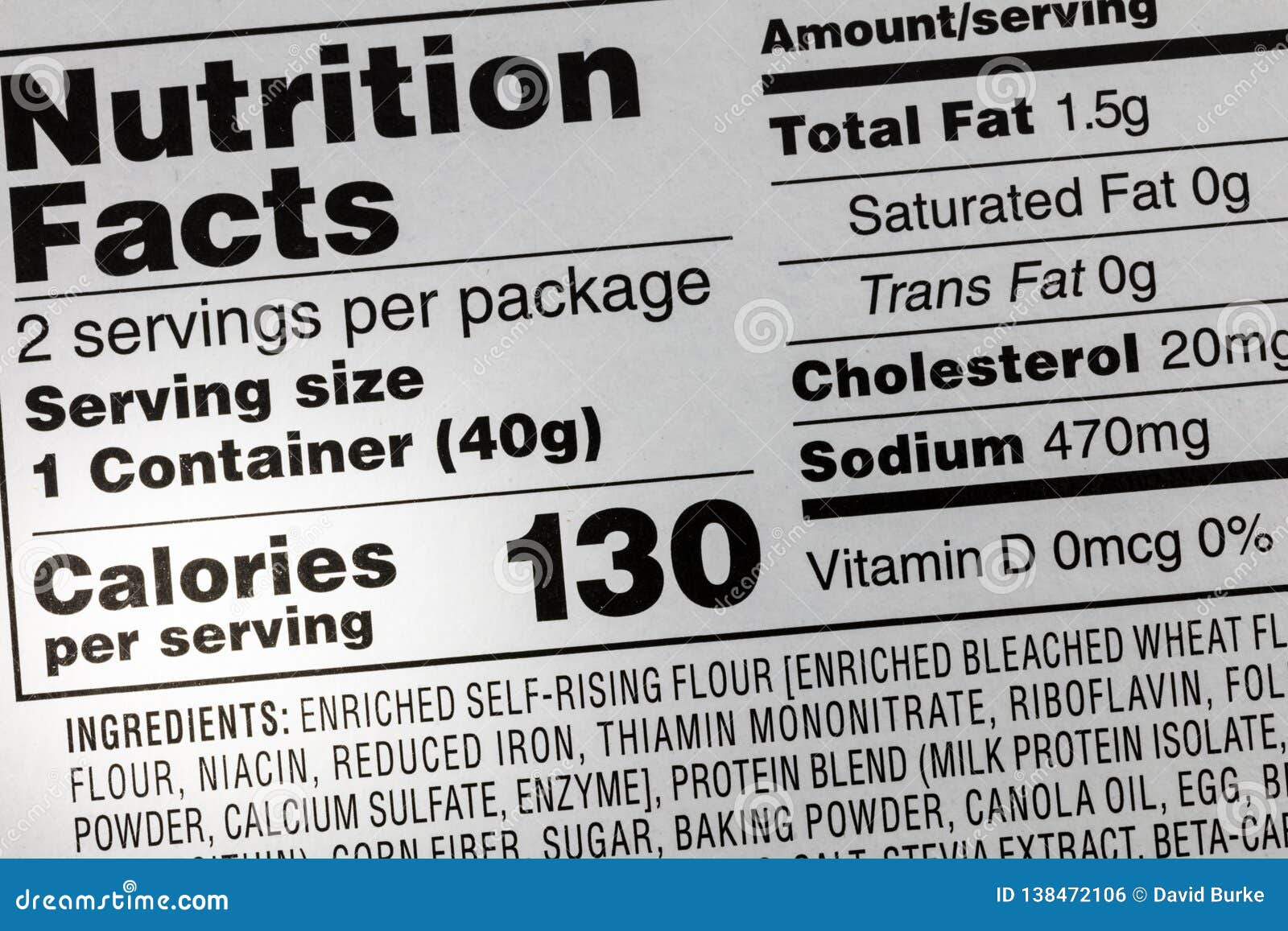
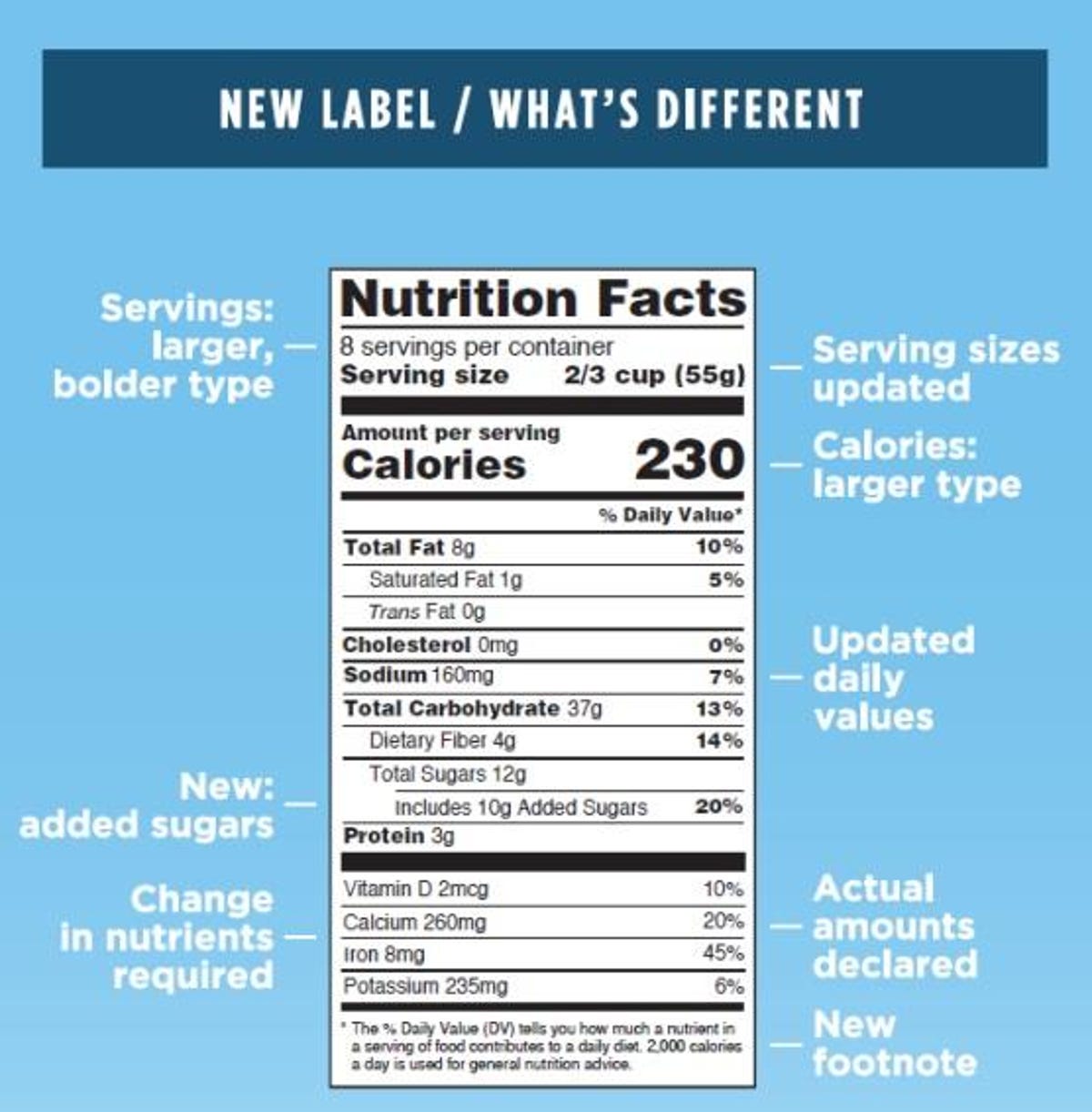
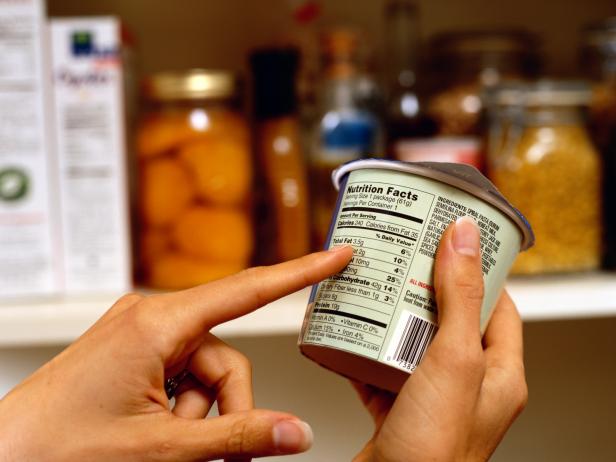

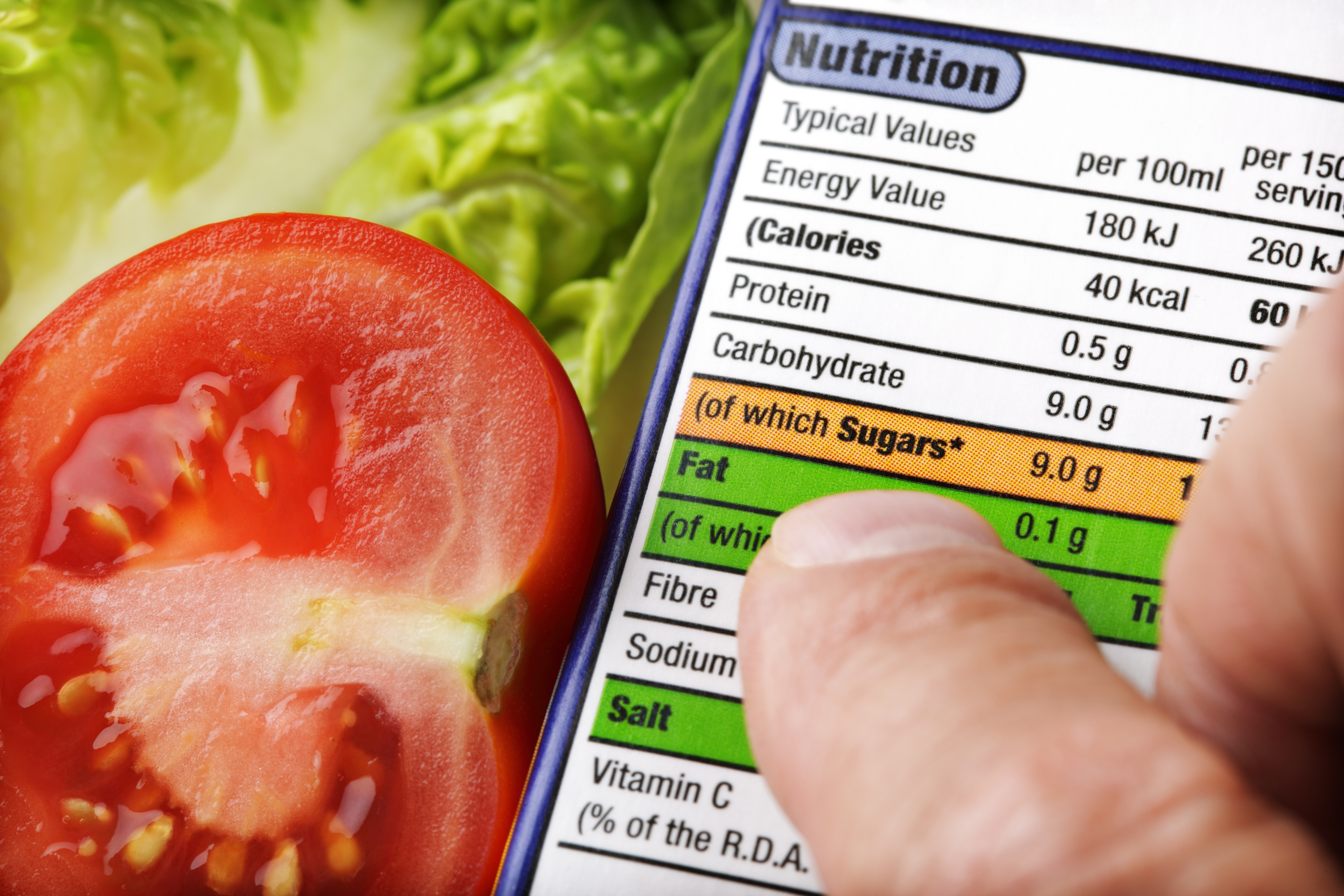





Post a Comment for "40 understanding nutrition facts on food labels"